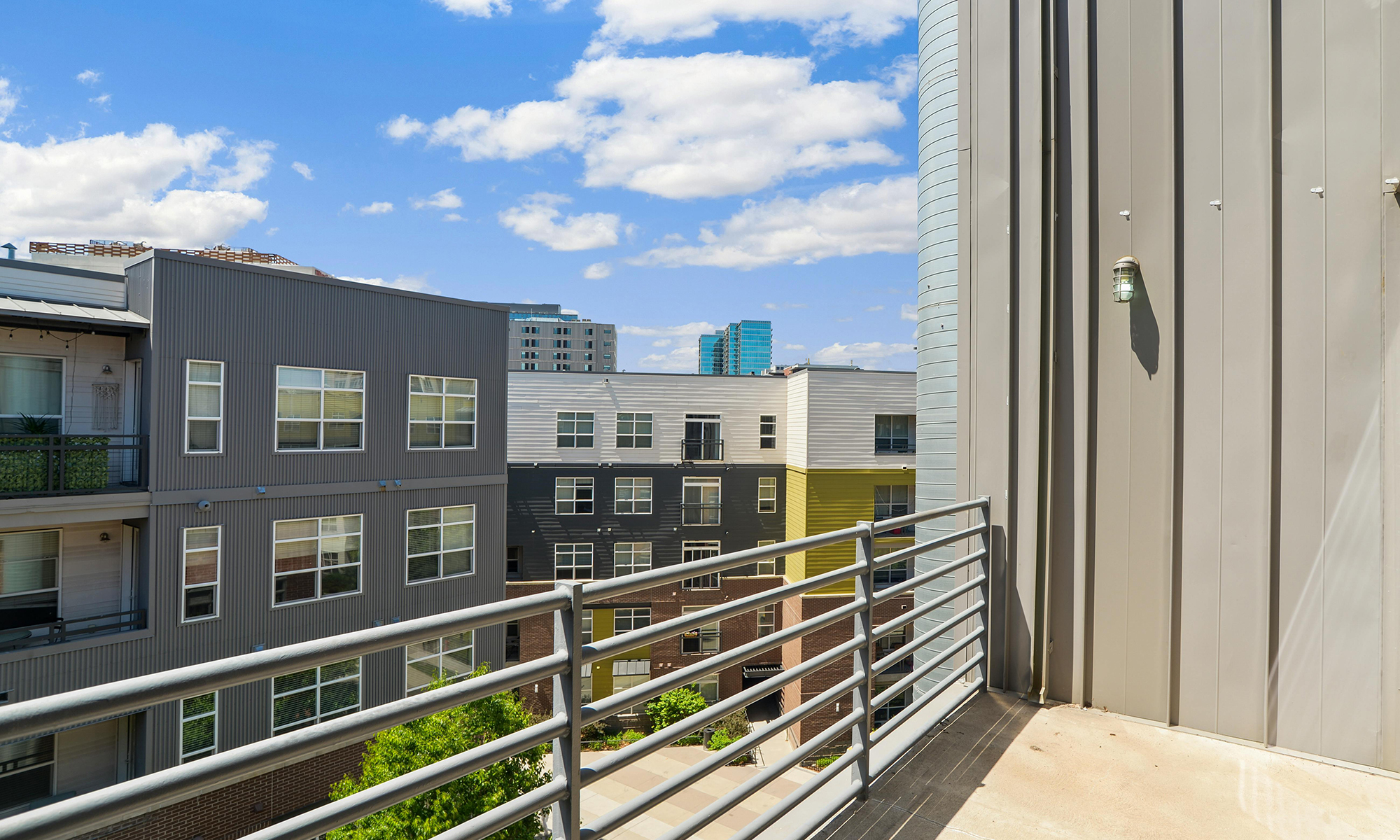

Blog
FAQ of the most common questions that our Accessibility Team has been asked about the use of the new safe harbors since they became effective.

Now that HUD has adopted the 2009 edition of the ICC A117.1 Standard and the 2009, 2012, 2015, and 2018 editions of the IBC as additional safe harbors that can be used to demonstrate compliance with the design and construction requirements of the FHA, what changes? What do designers need to know before moving forward with selecting their chosen safe harbor? Here are a few of the most common questions that our Accessibility Team has been asked about the use of the new safe harbors since they became effective on March 8, 2021:
Q: My project is subject to the IBC 2012, which is one of the recently adopted FHA safe harbors. I understand that Type B units required by the IBC are aligned with FHA requirements. The IBC also requires 2% of the total number of dwelling units in an R2 occupancy to meet Type A dwelling unit criteria contained in the ICC A117.1 Standard. I understand that Type A unit criteria exceed baseline FHA requirements. Should I assume that if I violate Type A dwelling unit requirements that I have violated the FHA since these unit types are required by the IBC 2012?
A: In the December 8, 2020 edition of the Federal Register, HUD clarified that “to ensure compliance with the Act, covered entities must select one safe harbor; once a safe harbor document has been selected, the building in question must comply with all the provisions in that document that address the Fair Housing Act design and construction requirements to ensure the full benefit of the safe harbor.” HUD’s clarification implies that where provisions of a safe harbor exceed the design and construction requirements of the Act, they do not need to be met as a matter of FHA compliance; they need to be met as a matter of building code compliance. Many Type A unit criteria exceed baseline FHA requirements. For example, a 30-inch wide work surface is required in Type A units, but not required by the FHA. In this case, the lack of the 30-inch wide work surface would violate the code, but not the FHA. The only way to understand provisions of the safe harbors that exceed the Act is to read each in the context of the requirements of the Act itself, HUD’s implementing regulations, and the Fair Housing Act Accessibility Guidelines. Only when baseline FHA requirements are understood, then safe harbor requirements that exceed baseline FHA requirements will be brought to light.
Q: I am designing all the dwelling units in my project to the Type B dwelling unit criteria contained in the ICC A117.1 Standard, 2009 edition. Section 101 of the Standard states that Type B criteria are designed to be consistent with the dwelling unit requirements of the Act. Baseline FHA requirements do not stipulate that maneuvering clearance is required on the dwelling unit side of the unit entry door, but the interior side of Type B dwelling unit entry doors are subject to maneuvering clearance requirements. Does that mean that a unit is not FHA compliant if it does not have compliant maneuvering clearance on the interior side of the entry door despite maneuvering clearance not being required by the FHA?
A: Like the response to Question 1, the building must comply with all the provisions of the safe harbor that address the Fair Housing Act design and construction requirements. Despite Section 101 and its clarification that Type B units are designed to align with FHA requirements, maneuvering clearance on the interior side of the dwelling unit entry door exceeds baseline FHA requirements. Although compliance with Type B requirements at the entry door is required as a matter of demonstrating compliance with the code where Type B units are required, compliance to the same extent is not required by the FHA.
Q: Type B dwelling unit Option A bathroom criteria included in the recently adopted ICC A117.1-2009 safe harbor requires one of two sink bowls to comply, which is less stringent than the Specification A bathroom requirements included in the baseline FHA Accessibility Guidelines. Would compliance with the less restrictive ICC A117.1 Standard in this case violate the Act?
A: There are differences among all safe harbors. According to HUD, the differences do not result in dwelling units, including bathrooms, that are less accessible. Therefore, compliance with the Option A bathroom criteria is consistent with the requirements of the Act, despite the difference in scoping for the required number of compliant fixtures in a bathroom.
Q: Recently adopted safe harbors permit the distance between the toilet centerline and the side wall to be between 16 and 18 inches. Does this mean that HUD will no longer look for a distance of exactly 18 inches in projects they evaluate for compliance with FHA? In my experience, this dimension has been a sticking point with HUD and the 18 inch dimension has been established by case precedence.
A: Despite what the recently approved safe harbors allow, HUD continues to evaluate properties to the baseline requirements of the FHA Guidelines, which requires exactly 18 inches between the toilet centerline and the side wall. However, if a designer can demonstrate compliance with one of the recently approved safe harbors, which permits a range of between 16 and 18 inches versus 18 inches exactly, then compliance is achieved.
Our best advice is to comply with the selected safe harbor in its entirety despite there being subtle differences between each. In the end, HUD will identify violations of the Act by demonstrating noncompliance with the Fair Housing Accessibility Guidelines. It is up to the designer to refute allegations of noncompliance by demonstrating full compliance with any of the currently HUD-approved safe harbors. If you can do that, then you’re golden!
Peter Stratton